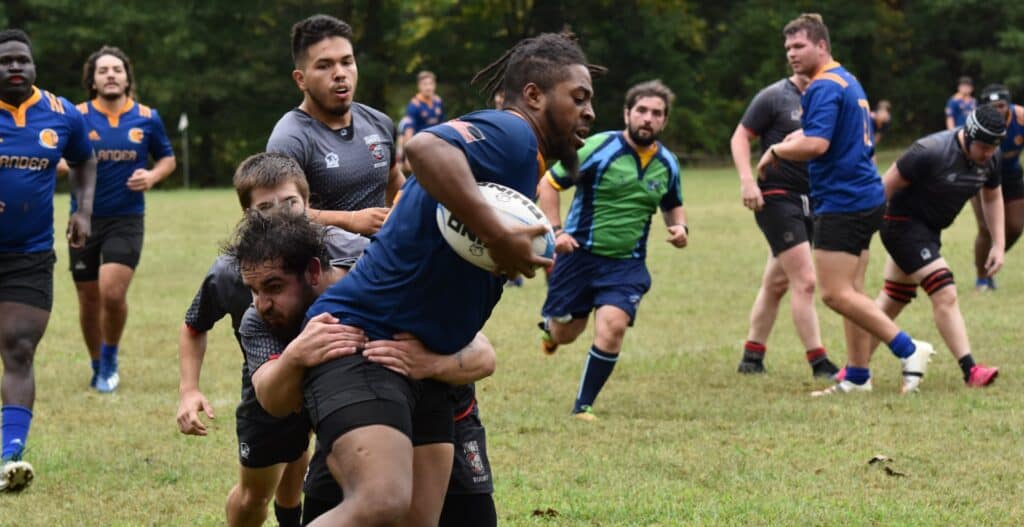
World Rugby To Launch “Belly Tackle” Trial For Community Rugby
World Rugby’s Executive Board has today recommended that national unions opt-in to a global trial of lowering the tackle height in community rugby to below the sternum, also known as a “belly tackle”. The trial will be backed by a comprehensive roadmap of education and resources to support its implementation at all grassroots levels of the game. Unions are also encouraged to undertake formal research into the impact of the intervention to fully evaluate the trial and determine future steps.
The decision follows extensive analysis and consultation with unions and reflects World Rugby’s core mission of promoting a global sport for all and enhancing the player experience to keep building engagement across the globe.
World Rugby has conducted pilot trials of lowered tackle heights in the community game in France and South Africa, which have delivered positive outcomes in terms of player safety and the overall game experience. The changes have helped to increase player participation and reduce the number of head impacts and concussions.
The reduction in the legal tackle height to below the sternum demonstrates increased safety outcomes while retaining the unique characteristics of the game. Independent research shows that the tackle is responsible for 74 per cent of all concussions, and bringing the tackle height down will benefit both the ball carrier and the tackler.
World Rugby is recommending the legal tackle height be lowered on an opt-in global trial basis. Several unions have already announced their intention to support it. If approved by Council, the tackle height guidance, including comprehensive education tools, will be built into the existing Game On Global program, which provides unions with a suite of modified contact law variations for the community game.
World Rugby believes that this “rugby for everyone” package is essential to rugby’s future growth, prosperity, and sustained appeal. The tackle height guidance will be linked to Game On Global and Tackle Ready, the best practice tackling resource, both of which are already available to unions.
The implementation of the tackle height guidance will be approved on the proviso that tackle technique education is undertaken by respective unions for players, coaches, match officials, and disciplinary personnel. World Rugby will also promote a new non-contact game and other modified contact games.
World Rugby Chairman, Sir Bill Beaumont, said: “The proposed tackle height adjustment has already delivered positive game shape and playing experience outcomes in pilot trials – this is essential to the sport’s future. The evidence we have, from France in particular, shows that not only does reducing the tackle height make the game safer, but it increases numbers playing as well. That has to be the aim for everyone involved in our game.”
World Rugby CEO Alan Gilpin added: “With compelling emerging evidence showing that a lower legal tackle height means a lower head injury risk, as well as more people playing, we are compelled to act. While this is a community rugby initiative, we would be open to discussions with unions who may wish to explore the possibility of a future closed trial at the elite level, which would broaden research data.”
The recommendation was endorsed by World Rugby’s Community Rugby Committee and follows consideration by the national union Development Directors group in October 2022. World Rugby continues to consult with unions on lower tackle height implementation and guidance around key tackle elements, including double tackles and tackling near the try line, and will seek feedback from everyone who loves the game.
Photo by Philippa Rose-Tite on Unsplash
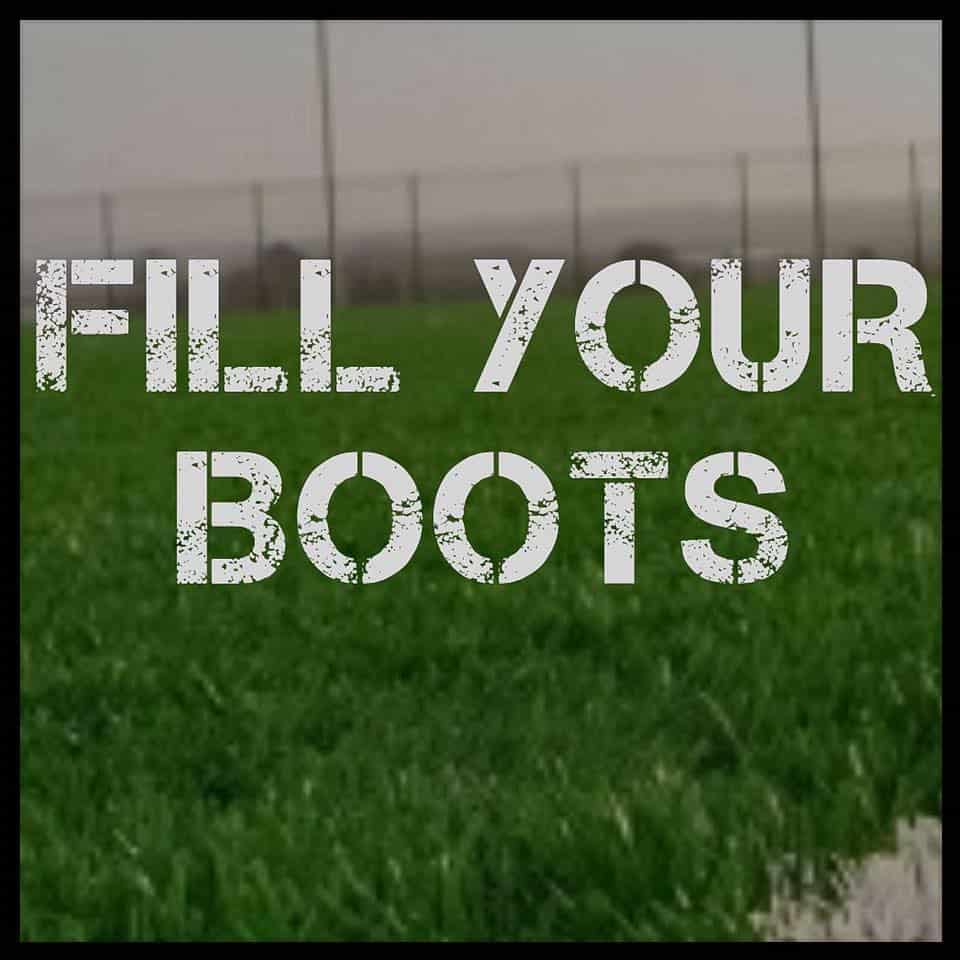
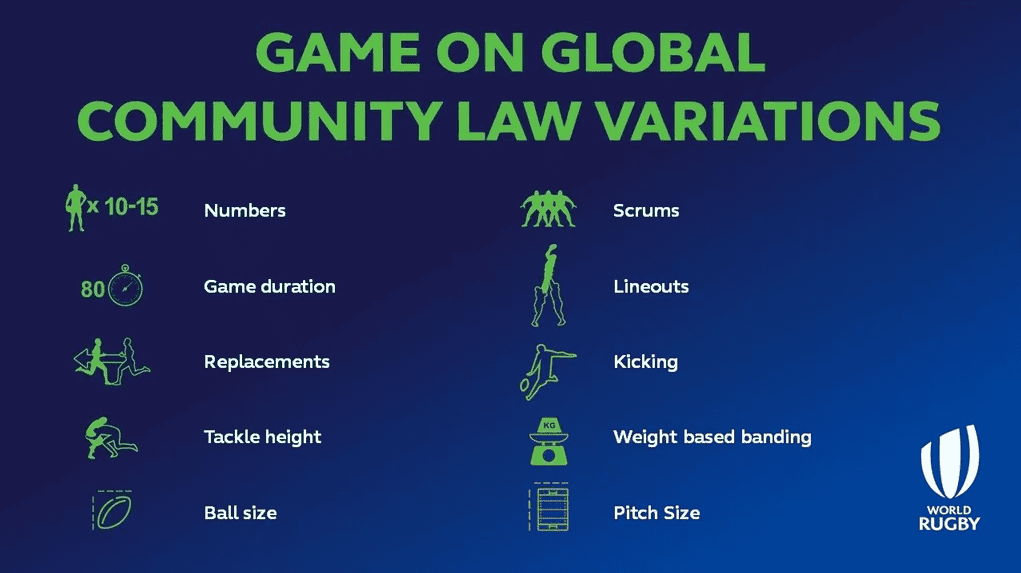
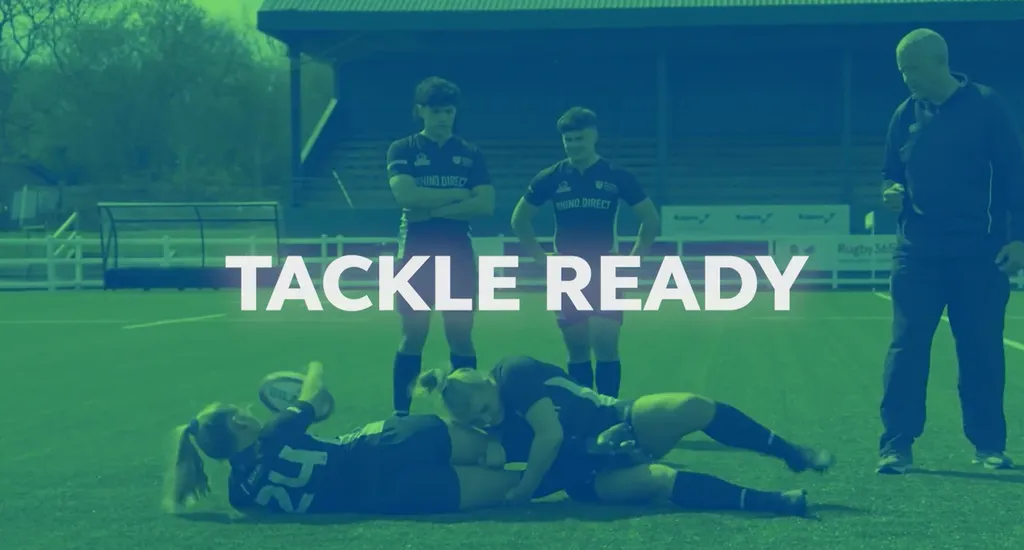
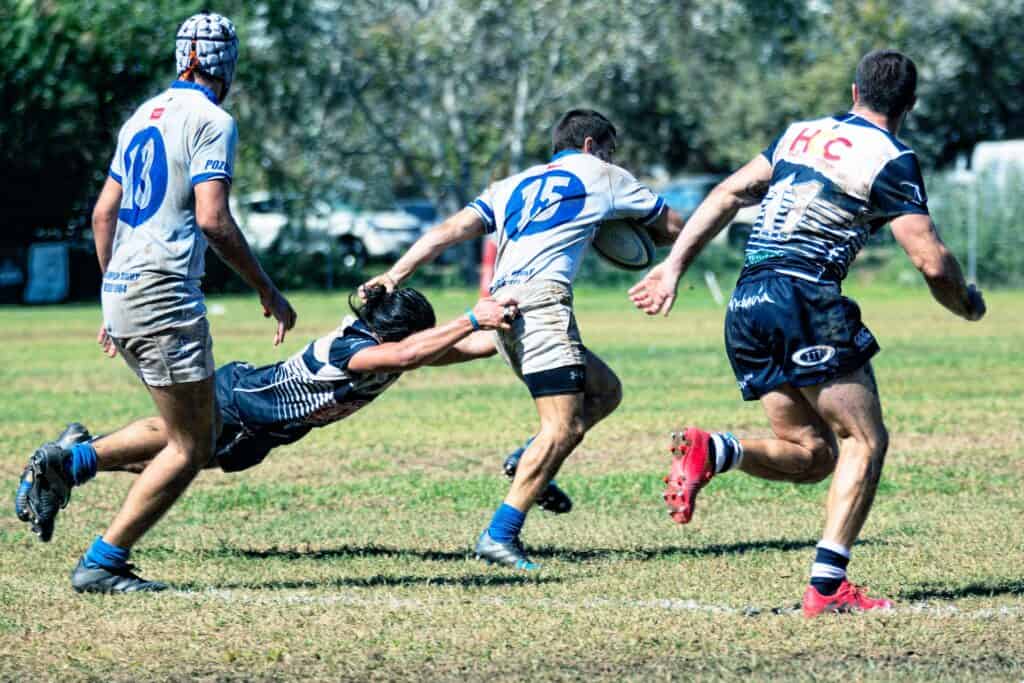
Great for school level, but as an adult I should be able to make the choice if I want to play full contact sports or not.
Why not have people sign a waiver before the sign up for rugby like you doing you go to a boxing gym.
It’s that simple
While I support the proposed further trials, there are very many in the community game in England, especially lower down the tiers, who feel that the RFU’s proposals for introduction in season 23-4 will lead to an immediate loss of older players who have seen little incidence of concussion injuries in their games, played by slower, smaller players. The extent of such reactions has, admittedly been somewhat muddied by the mistaken initial reference by the RFU to reducing tackle height to waist and below, Even at level 3, though, where the game is quicker and collisions much bigger, there are very mixed views as to the need for the proposed law change. My primary concern – and one that is shared by many I have spoken to – is that there has been no indication of any intention to provide a lead at elite level, where, not only are concussion risks demonstrably highest, but the game is at its most visible to non-participants, risking putting parents off from allowing, never mind encouraging their kids to take up the game. The above release does refer ( for the first time to my knowledge) to the possibility of “closed trials” within the elite game, but I do not consider this to be remotely sufficient. If the medical evidence is as strong as is suggested, then those responsible for the part of the game where concussion risks are highest MUST take a more positive stance. To put it at its crudest, World Rugby needs to preclude the possibility of grassroots naysayers, claiming that the proposed trials merely represent a sticking plaster for the powers that be to be able to demonstrate that they are doing SOMETHING – even though in the parts of the game where risks are progressively lower, as you descend the playing pyramid. The very minimum they should commit to, in my view, is that differences in the laws between the community and elite games will be removed by a specified date – ideally for the start of the 24-5 season. This would allow the 2023 World Cup to be completed under present laws and changes at elite level to be introduced globally, as they would need to be thereafter. If the complexities of harmonisation across hemispheres would preclude such a tight timescale, arrangements should be in place for differences to be removed at the very latest for beginning of season 25-6. Previous announcements of any changes at elite level potentially being deferred until after the 2027 World Cup are simply unacceptable. No-one wants to see the community game being split from the “TV game” by virtue of playing to different laws beyond any strictly limited trial period. Bottom line is that, if the growing evidence of causal links between repeated concussions and serious, long term brain damage is not overturned, the threat from successful lawsuits 10 to 15 years down the road from current professionals claiming negligence on the part of their employers and World Rugby, if they do not take action soon directly to protect ELITE players, could be terminal for the whole game – elite and grassroots. I do not see how commissioning further trials in the community game could remotely be considered as an adequate defence against such claims.